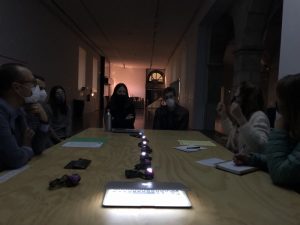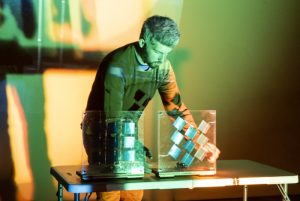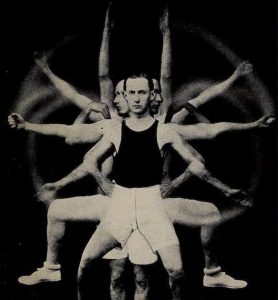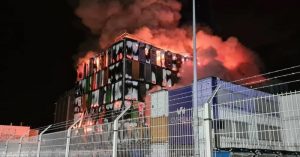Werner Sobek‘s House 129, is a project that breaks with all our preconceptions about building, pointing the way to new directions in future architecture and ways of life.
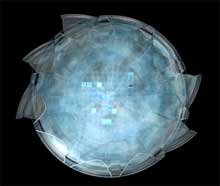
R 129 would minimise not only the use of resources, using as little material as possible, but also the energy demand of the building and, if possible, make all construction materials recyclable.
The “skin” of the building consists of a transparent plastic material and the structural frame is fabricated from carbon box sections. To prevent radiation of heat into the interior (in summer) and to the exterior (in winter), an electrochromatic foil -which can be controlled electrically- allows the envelope to be darkened in sections or as a whole. The external surface of the envelope also carries solar cells that reduce light transmission by only 20% but supply a large part of the electrical energy demand of the building.

The foundation raft carries a heating floor that manages temperature control during the cold season, as well as a technical installations floor which provides storage facilities and connections for electrical energy, water, compressed air and communications lines.
The interior of the building has neither fixed partitions nor walls. A central non-stationary module houses sanitary and kitchen installations. Around this module the working and sleeping “cells” can be arranged to allow the dweller to create enclosed or private areas within the residential space provided by the envelope of the building.

